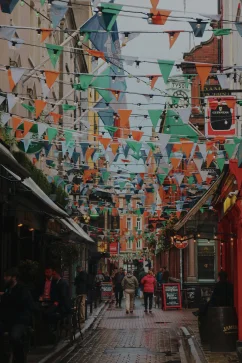Exploring the Richness of Barcelona’s Gastronomic Culture

The city of Barcelona, located on Spain’s Mediterranean coast, is known for its rich culture, stunning architecture and vibrant nightlife. However, one of the highlights of Barcelona is its exceptional food culture. Dining in Barcelona is much more than just a necessity; it is an experience that celebrates the diversity of flavors, the freshness of ingredients and the passion for good food. In this article, we will explore Barcelona’s food culture, from its rich culinary history to its iconic dishes and local markets that make this city a food lover’s paradise.
History of Gastronomy in Barcelona
The history of Barcelona’s gastronomy is a mixture of influences spanning centuries. From the Romans to the Arabs to the Jews, each group that has populated the city has left its mark on the local cuisine. One of the most significant legacies comes from Roman times, when the region was influenced by the gastronomic customs of the Roman Empire. The Romans introduced ingredients such as olive oil, wine and garum (a fish sauce) that remain fundamental in Mediterranean cuisine to this day.
During the Arab domination, which lasted several centuries, exotic flavors such as spices and honey were incorporated and are still found in many traditional Catalan dishes. However, one of the most important moments in Barcelona’s culinary history was the discovery of America in the 15th century. The arrival of new ingredients, such as tomatoes, peppers, potatoes and corn, radically transformed the local cuisine, leading to the creation of iconic dishes such as paella and gazpacho.
The Charm of Local Markets
Barcelona’s gastronomic culture begins in its local markets. One of the most emblematic is the Boqueria Market, officially known as the Mercat de Sant Josep de la Boqueria. This market, located on Las Ramblas, is a food lover’s paradise. Its stalls brimming with fresh fruits, vegetables, meats, fish and other local products offer an authentic insight into Catalan cuisine.
Here, you can find fresh, high-quality ingredients to prepare typical dishes such as paella, fideuá and gazpacho. In addition to the basic ingredients, the Boqueria is famous for its tapas stalls and ready-made dishes, where you can try delicacies such as croquettes, empanadas and churros with chocolate.
Another market worth visiting is the Santa Caterina Market, located in the Born neighborhood. This market, less touristy than the Boquería, is an ideal place to experience authentic local life. Here, you will find high quality fresh produce and a wide variety of stalls offering prepared dishes and traditional Catalan foods.
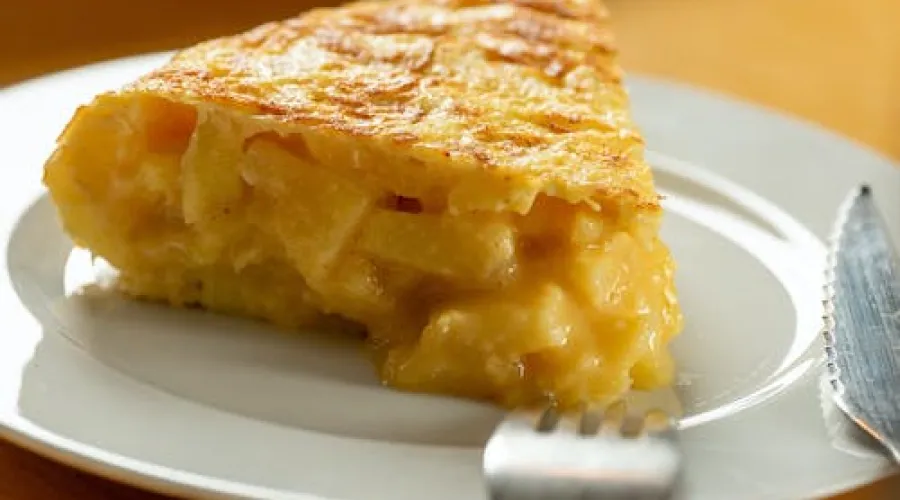
Tapas: The Soul of Catalan Gastronomic Culture
Tapas are a fundamental part of Barcelona’s gastronomic culture. These small bites are perfect for sharing and sampling a variety of flavors in a single meal. Some of Barcelona’s most emblematic tapas include tortilla española (a type of potato omelet), gambas al ajillo (shrimp sautéed in garlic and olive oil) and patatas bravas (fried potatoes served with a spicy sauce and aioli).
The tapas culture in Barcelona is so ingrained that it is common to go on a “tapas route”, where you visit various bars and restaurants to try different tapas and drinks. This tradition encourages socializing and allows visitors to experience authentic Catalan hospitality.
The Influence of the Mediterranean Sea
Given that Barcelona is located on the Mediterranean coast, it is not surprising that seafood features prominently in its gastronomic culture. Fresh seafood and fish are essential ingredients in many Catalan dishes.
One of the region’s most iconic dishes is paella, a delicious blend of rice, saffron, vegetables and seafood such as prawns and mussels. Although paella originated in the Valencian Community, Barcelona has adopted this dish and made it an essential part of its diet.
Another popular dish is fideuá, a variation of paella that is made with noodles instead of rice. Fresh fish and seafood are cooked with noodles in a flavorful broth, creating a dish that delights the senses.
The Vermouth Tradition
Vermouth is an alcoholic beverage that has played an important role in Barcelona’s gastronomic culture for decades. This wine-based flavored drink is commonly served as an aperitif before meals. Vermouth bars, known as “vermuterías”, are popular places to enjoy this drink and socialize with friends.
Vermouth is traditionally served with olives, anchovies and other salty snacks. Locals often gather at vermuterías on weekends to share stories and enjoy this classic drink.
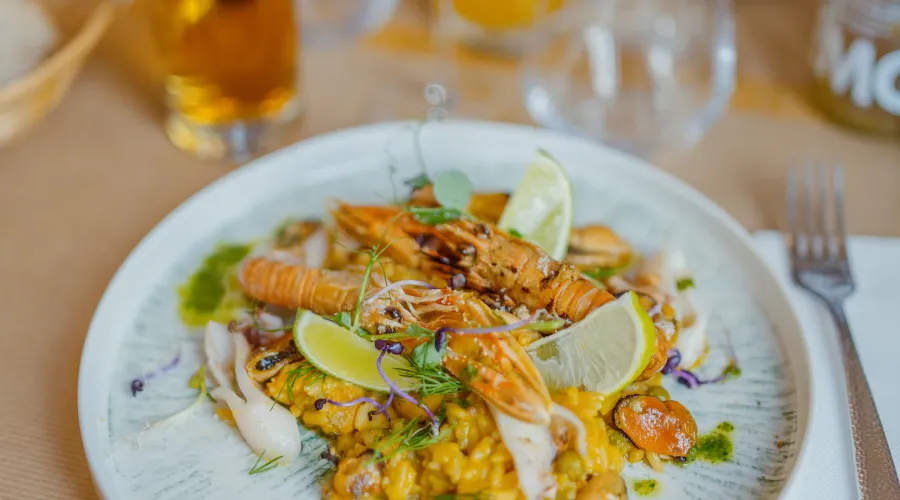
Culinary Innovation in Barcelona
Barcelona not only celebrates its traditional culinary heritage, but is also a center of gastronomic innovation. The city has gained international recognition for its haute cuisine restaurants, many of which have Michelin stars.
One of Barcelona’s most influential chefs is Ferran Adrià, best known for his restaurant elBulli, which closed in 2011 but left an indelible mark on world gastronomy. His avant-garde techniques and creativity in the kitchen inspired a new generation of chefs in Barcelona and beyond.
Restaurants like Tickets, run by the Adrià brothers, continue the tradition of experimental cuisine in Barcelona. Here, diners can enjoy innovative and surprising dishes in a unique and lively atmosphere.
Sweet Catalan Delights
Barcelona’s gastronomic culture is not limited to main dishes and tapas; it also encompasses a wide variety of desserts and sweets that will delight those with a sweet tooth.
One of Barcelona’s most famous sweets is crema catalana, a dessert similar to crème brulée but with its own unique twist. It features a crunchy top layer of caramelized sugar and a creamy base of egg yolk and milk.
In addition to crema catalana, Barcelona is known for its ensaimadas, a kind of spongy bun that can be found in many pastry shops in the city. These sweets can be enjoyed alone or filled with cream, chocolate or angel hair.
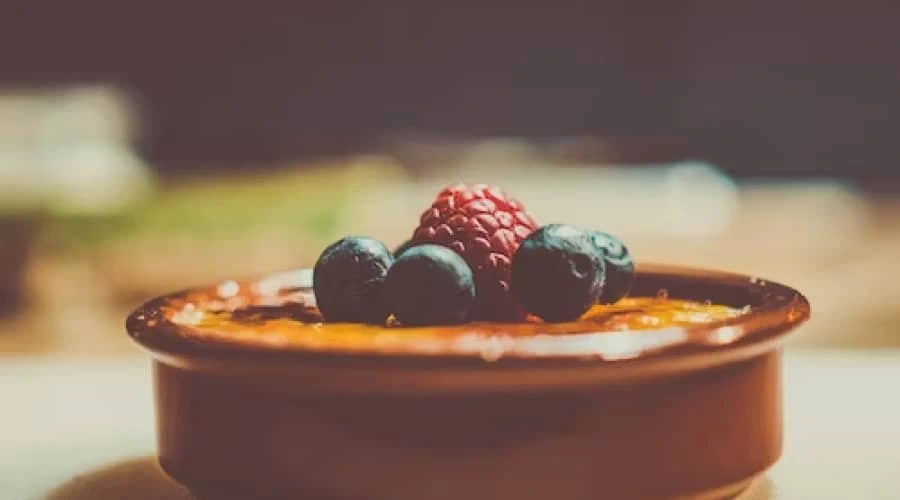
Mealtime: A Sacred Tradition
In Barcelona, lunchtime is a sacred tradition. Unlike in many other countries, where lunch can be a quick meal, Spaniards, including Barcelonans, value lunch as a time to relax, enjoy good company and savor the food.
Siesta is a common custom in Barcelona and throughout Spain. After a large meal, it is common to take a short siesta to rest and recover energy before returning to work or continuing with the day’s activities. This break is an important part of Barcelona’s gastronomic culture and reflects the importance given to food and well-being.
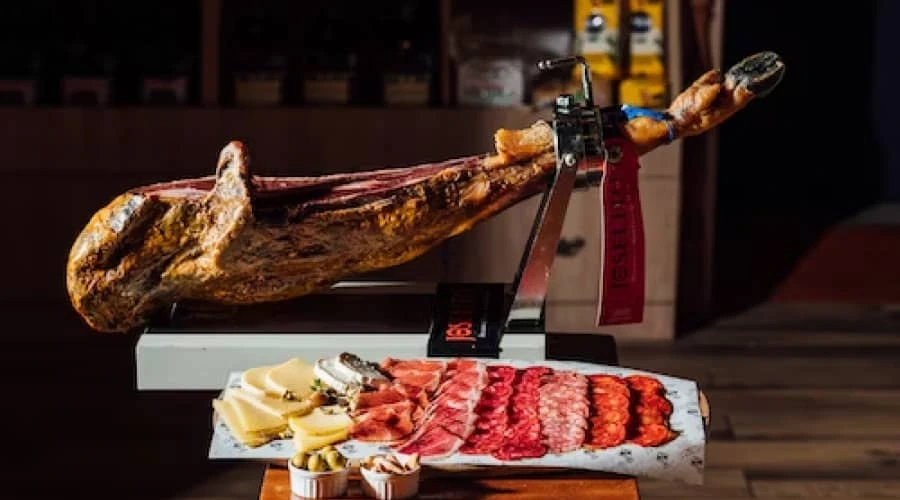
Conclusion Barcelona’s food culture
Barcelona is not only a world-renowned tourist destination; it is also a culinary paradise that offers an unparalleled dining experience. From local markets to fine dining restaurants, the city celebrates its rich culinary heritage while embracing innovation and creativity in the kitchen. Exploring Barcelona’s gastronomic culture is a delightful adventure that leaves a lasting impression on all who are lucky enough to taste its unique and authentic flavors, so next time you visit Barcelona, be sure to indulge your senses with its culinary wonders!
